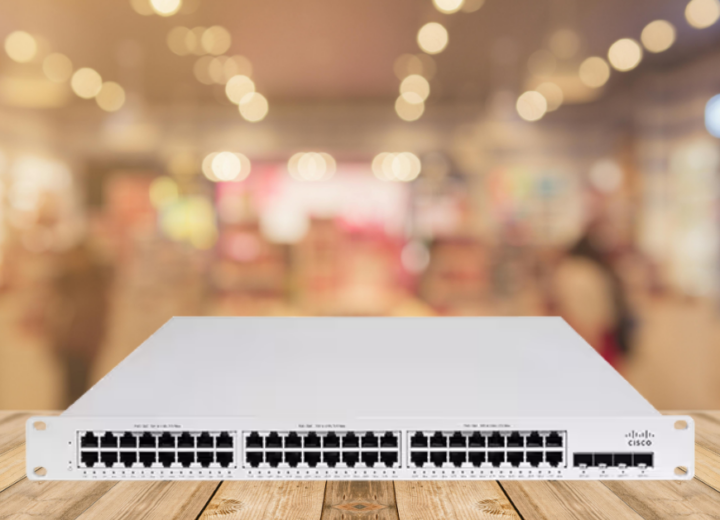Firewalls are an essential component of any network security architecture, as they help protect against unauthorised access and cyber threats. Over the years, firewall technology has evolved significantly, with legacy firewalls being replaced by next-generation firewalls (NGFWs). In this blog post, we will discuss the differences between legacy firewalls and Cisco Next Generation Firewalls (NGFWs) and explore the benefits of using NGFWs.

Legacy Firewalls:
Legacy firewalls are traditional firewalls that use packet filtering to block or allow network traffic based on predefined rules. These rules are based on the source and destination IP address, port number, and protocol type. They operate at the network layer (layer 3) and transport layer (layer 4) of the OSI model. Legacy firewalls were designed to protect networks from attacks that were common in the early days of the internet, such as worms and viruses.
One of the significant limitations of legacy firewalls is their inability to inspect traffic beyond the network and transport layers. They cannot detect and block application-layer attacks, such as SQL injection and cross-site scripting, which are prevalent today. Moreover, they lack the ability to identify and control users’ access to applications, which is a critical requirement for modern network security.
Cisco Next Generation Firewalls:
Cisco Next Generation Firewalls (NGFWs) are advanced firewalls that provide more robust security than legacy firewalls. They combine traditional firewall capabilities with advanced security features, such as application identification and control, intrusion prevention, and advanced threat protection. NGFWs operate at the network layer, transport layer, and application layer (layer 7) of the OSI model, giving them the ability to inspect and control traffic at a granular level.
One of the significant advantages of NGFWs is their ability to identify and block threats at the application level. They can detect and block attacks that exploit vulnerabilities in applications, such as web browsers, email clients, and file-sharing applications. NGFWs also provide better visibility into network traffic, allowing security teams to monitor and control user access to applications and services.
NGFWs also offer advanced threat protection, such as sandboxing, malware detection, and threat intelligence. These features help to detect and block advanced threats, such as zero-day exploits and targeted attacks, which are designed to evade traditional security measures.
Conclusion:
In summary, while legacy firewalls provide basic network security, they lack the ability to detect and block advanced threats at the application level. Cisco Next Generation Firewalls (NGFWs) are designed to address the limitations of legacy firewalls, providing more robust security features and better visibility into network traffic. NGFWs combine traditional firewall capabilities with advanced security features, such as application identification and control, intrusion prevention, and advanced threat protection, making them an essential component of modern network security architecture.
Re-solution Specialise in Cisco Networks and Security, please get in contact with us for product demonstrations, audits, reviews and quotations.




